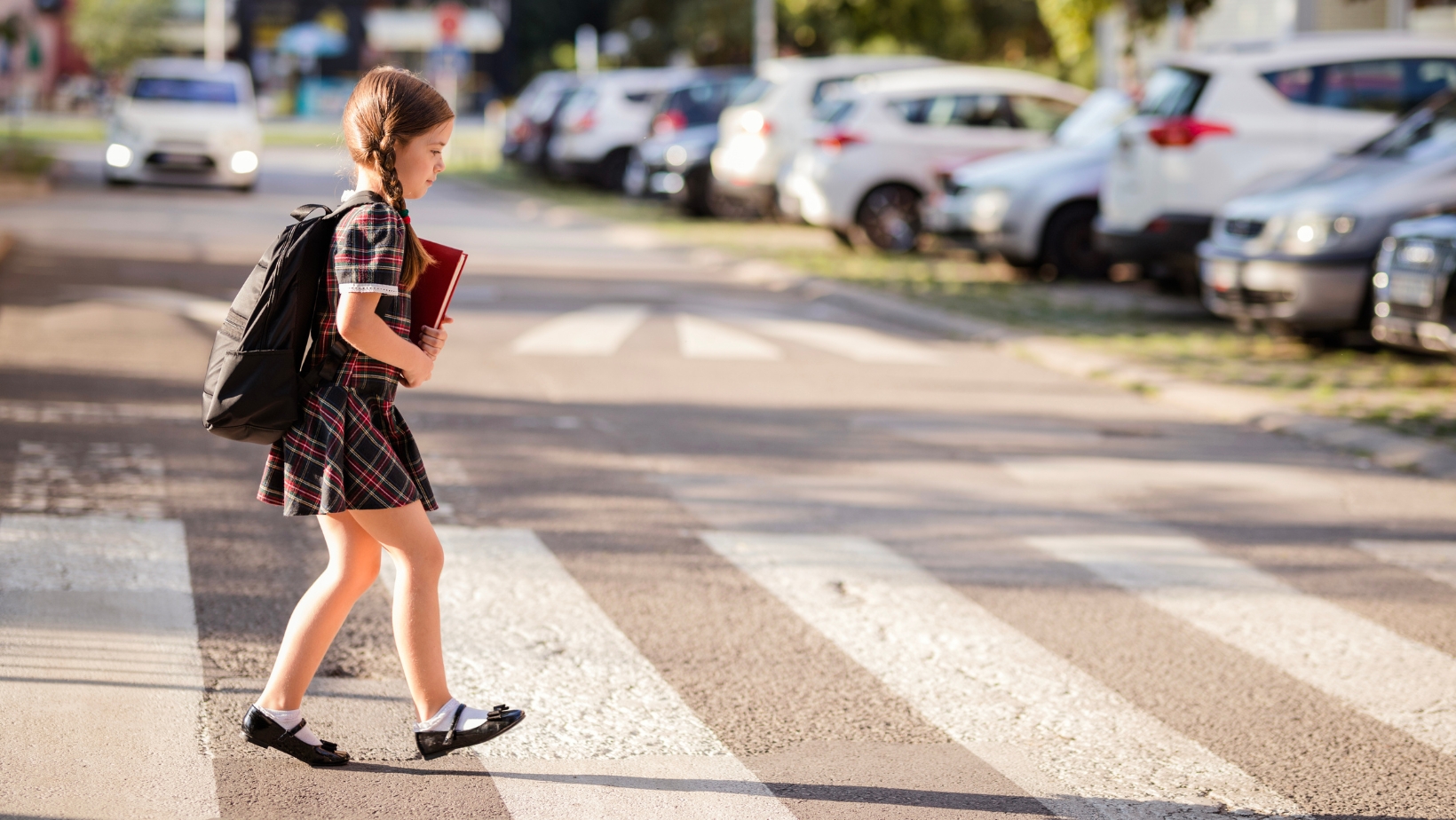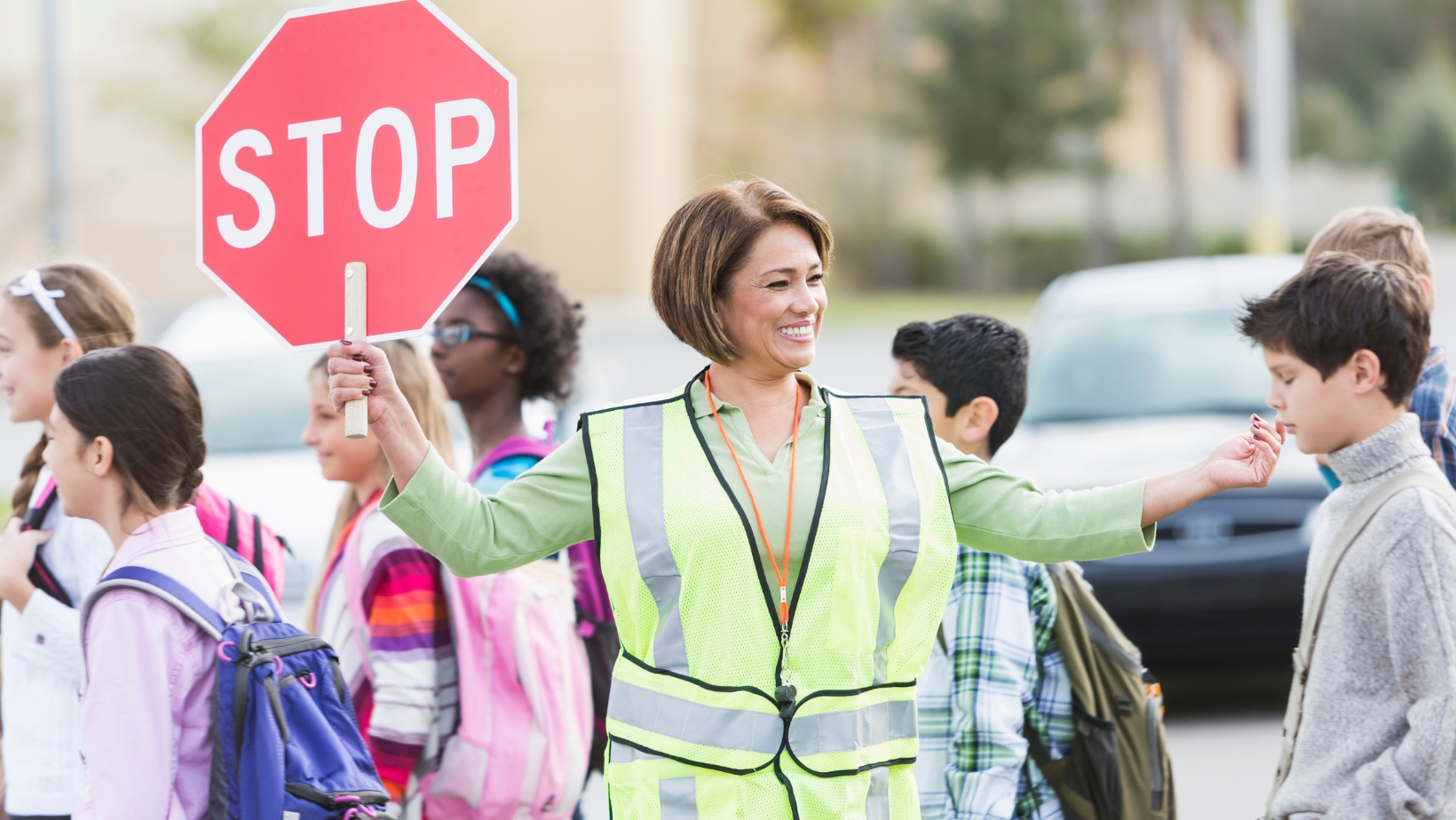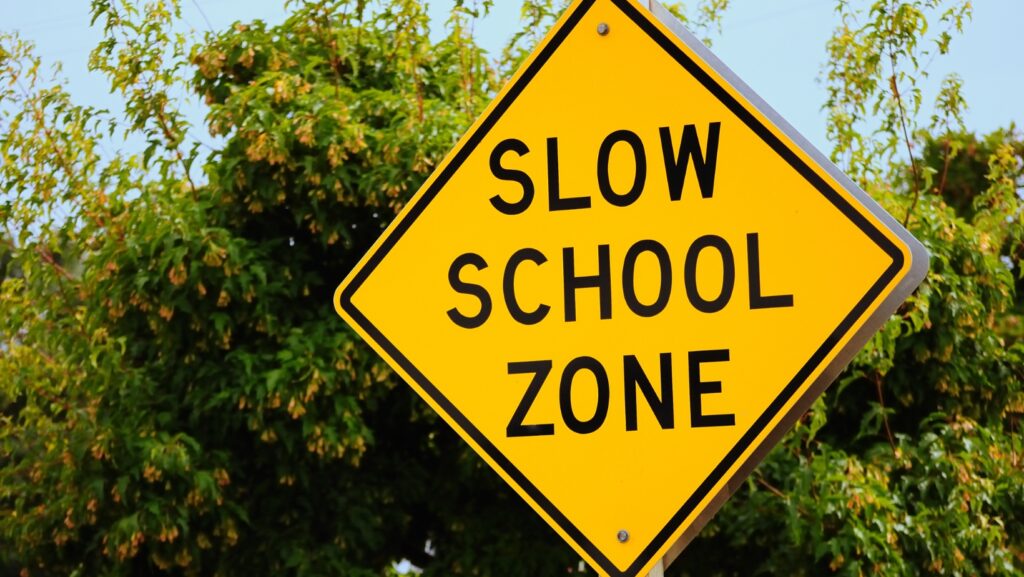School zones should be designed with safety as the top priority, ensuring that children can walk, bike, and be dropped off without unnecessary risks. However, heavy traffic, speeding drivers, and poorly marked crossings often make these areas dangerous. Every year, preventable accidents occur near schools due to a lack of proper safety measures, putting young lives at risk.
Creating safer school zones requires thoughtful planning and effective infrastructure improvements. Features like traffic calming measures, clearly marked crosswalks, and pedestrian-friendly signals can significantly reduce the risk of accidents. When school zones are designed with children in mind, communities can prevent tragic incidents that often require legal intervention from a San Antonio pedestrian accident lawyer to seek justice for injured victims.
1. Clearly Marked Crosswalks and Pedestrian Signals Improve Visibility
Crosswalks play a crucial role in school zone safety, but faded markings or poorly positioned crossings create unnecessary risks. High-visibility crosswalks with bold, reflective paint help drivers recognize areas where children are likely to cross. Raised crosswalks or those equipped with flashing beacons further enhance visibility, encouraging motorists to reduce speed.
Pedestrian signals with countdown timers provide children with adequate time to cross safely, lowering the chance of mid-intersection accidents. Audio signals and tactile paving assist visually impaired students, making school zones more inclusive and accessible.

These improvements ensure all pedestrians receive clear guidance while navigating busy streets.
Enhancing crosswalks and pedestrian signals strengthens safety for both children and drivers. Clearly defined crossings reinforce the need for reduced speeds near schools, fostering more responsible driving behaviors. Safer interactions between pedestrians and vehicles create a more secure environment for young students.
2. Reduced Speed Limits and Traffic Calming Measures Slow Drivers
Speeding poses a major risk to school zone safety, increasing the likelihood of severe pedestrian-related accidents. Lowering speed limits near schools reduces the impact of collisions and improves reaction time for drivers. Flashing school zone signs, speed bumps, and road narrowing serve as constant reminders to slow down in high-risk areas.
Traffic calming measures, such as curb extensions and raised intersections, naturally reduce speeds by making roads more compact and increasing driver attentiveness. These design features encourage safer driving habits, allowing motorists extra time to react to unexpected pedestrian movements. Physical adjustments to roadways reinforce caution and improve overall school zone safety.
When drivers consistently adjust to lower speeds in school zones, the risk of severe accidents drops significantly. Safer speed limits, combined with effective traffic control strategies, create an environment where children can walk and bike to school without unnecessary danger. Prioritizing these measures ensures long-term protection for young pedestrians.
3. Dedicated Drop-Off and Pick-Up Zones Reduce Traffic Confusion
Congestion during school drop-off and pick-up times creates hazardous conditions for children. Accidents often happen when vehicles stop unexpectedly, double park, or obstruct pedestrian walkways. Clearly, marked loading zones separate from pedestrian paths allow for smoother traffic flow and minimize dangerous interactions between vehicles and children.
School staff or trained volunteers stationed during peak hours enhance safety by guiding vehicles to designated areas and ensuring children exit properly. Organized loading procedures reduce the likelihood of rushed drivers making unpredictable maneuvers. Separating school bus zones from parent pick-up areas further improves order and efficiency.
Structured loading areas significantly lower the risk of traffic-related injuries. When schools implement well-planned drop-off and pick-up zones, drivers navigate with more caution, creating a safer environment for students and pedestrians.
4. Improved Sidewalks and Bike Lanes Promote Safe Routes
Many school zones lack proper sidewalks and bike lanes, forcing children to navigate unsafe roadways. Cracked sidewalks, uneven pavement, and missing pedestrian paths increase the risk of falls and traffic-related injuries. Well-maintained sidewalks separated from roads with barriers or green spaces create a safer environment for students walking to school.
Dedicated bike lanes with protective barriers provide young cyclists with a secure space, reducing conflicts with vehicles. Encouraging walking and biking as safe transportation options helps lower congestion during drop-off and pick-up times. Schools that support these initiatives promote healthier, more efficient travel for students.
Investing in well-structured sidewalks and bike lanes allows children to move confidently through school zones. Safe pedestrian and cycling infrastructure minimizes exposure to traffic, ensuring students reach school without unnecessary risks. Thoughtful urban planning enhances overall school zone safety.
5. Crossing Guards and Automated Traffic Enforcement Prevent Violations
Trained crossing guards enhance safety through traffic direction and assistance for children at busy intersections.

Their presence during school hours promotes safer driving habits while correctly guiding young pedestrians across streets. In high-traffic areas, their role becomes essential since children often struggle to judge vehicle speeds or find safe gaps in traffic.
Automated traffic enforcement, including speed cameras and red-light cameras, discourages reckless driving behaviors. Locations equipped with traffic cameras report fewer speeding violations, reinforcing compliance with school zone speed limits. Consistent monitoring ensures that drivers remain cautious, reducing risks for pedestrians.
Strict enforcement of traffic rules establishes greater accountability among motorists. Adhering to regulations promotes safer school zones, allowing children to travel without unnecessary danger. Increased supervision through both human and automated methods strengthens protection for young pedestrians.
Building Safer School Zones for the Future
Investing in well-designed school zones creates a safer environment for children traveling to and from school. Communities that prioritize traffic safety measures, enforce lower speed limits and develop pedestrian-friendly infrastructure help reduce unnecessary risks for students. Thoughtful planning ensures that school routes remain secure and accessible.
Implementing essential safety features transforms school zones into protected spaces where children can walk, bike, and cross streets with confidence. Clearly marked crosswalks, designated drop-off areas, and improved sidewalks contribute to smoother traffic flow and fewer accidents. Proactive steps in design and enforcement make a lasting impact on student safety.
Long-term solutions require ongoing efforts in urban planning, education, and enforcement. Strengthening school zone regulations and investing in safety initiatives help protect young pedestrians as they navigate daily commutes. Creating safer school zones today builds a foundation for future generations to travel without fear.



